Small Ship Captain George Coughlin
Interview by Ted Scull.
George Coughlin has been sailing in navigating roles from mate to pilot to captain for many small ship firms such as Coastwise Cruise Line, Exploration Cruise Lines, Clipper Cruise Line, Cruise West, St. Lawrence Cruise Lines, Lindblad Expeditions/National Geographic, Alaskan Dream Cruises, and UnCruise Adventures, plus in the deep past, New England excursion boats and ships of the United States Navy.
It’s the small ships that he has captained that are of interest here, including Newport Clipper, Nantucket Clipper, Yorktown Clipper, Spirit of Yorktown, Chichagof Dream, National Geographic Sea Bird and Sea Lion, National Geographic Endeavour, National Geographic Quest, and Pilgrim Belle, Colonial Explorer, Victorian Empress and S.S. Legacy. (Note: The last four are the same ship!)
The small-ship industry has certainly expanded since visionary Luther Blount built, in his own shipyard, the 40-passenger Mount Hope in 1966 then took it out on a first cruise from Blount’s headquarters in Warren, Rhode Island.
The experiment was a success, and more small vessels were added to the line to allow for expansion of U.S. itineraries up and down the East Coast, into the Erie Canal, along the St. Lawrence River and Seaway and into the five Great Lakes. Additional small-ship lines were formed, and some were successful, others made it big, and a few fell by the wayside.
QUIRKYCRUISE (Ted): As you were mainly associated with cruise lines that had American or Canadian owners, in those early years what do you think were main reasons for some of the lines to prosper and others to fail?
George C: You and I could talk about this for hours, but let me attempt to consolidate my thoughts here. Luther Blount started small and basic. He had his own shipyard in Warren, Rhode Island to build his vessels, which saved him from spending much more on construction costs, if an outside shipyard were to build them. He kept everything low key and expanded his small fleet of overnight passenger vessels at a safe pace.
With American Cruise Lines, Charlie Robertson (recently deceased), was clever and saw what Blount had achieved and eventually decided on building his own ships as well, in Salisbury, Maryland. They both knew that shallow draft vessels were needed in order to negotiate the itineraries they planned.
American Cruise Lines decided to build larger vessels than Blount and at a quicker pace. This worked for a while until the 1980’s recession hit and put the initial company out of business. American regrouped and returned back on the scene and has been growing successfully ever since, with one major exception. American decided to build an upscale foreign-flag vessel at a shipyard in Canada. There were delays and disagreements with the shipyard and little has been heard about Pearl Cruises since initial sailings began.
Coastwise Cruise Line was formed as a division of Hy-Line Cruises, Hyannis, Massachusetts, and the Pilgrim Belle was launched at Bender Shipyard in Mobile, Alabama in 1985. She was/is a steamboat replica with very comfortable and upscale accommodations. Unfortunately, after an accident, the vessel was taken out of service for nearly a month for shipyard maintenance during her first year of high-season operations in New England, and the consequences called for selling the vessel.
Barney Ebsworth developed Clipper Cruise Line in the 1980’s. He had a vision for an upscale country club product. Two 100-passenger sister ships were built at Jeffboat in Jeffersonville, Indiana: the Newport Clipper in 1984 and the Nantucket Clipper in 1985. The ships were well received, and passengers enjoyed the modern comfortable onboard surroundings and amenities.
The 138-passenger Yorktown Clipper was built at Green Cove Springs, Florida and added to the fleet in 1988. This is when Clipper realized that having three vessels on similar itineraries was going to be more of a challenge than anticipated. Key upper management changes were made.
The Newport Clipper was taken out of service and eventually sold to Spirit Cruise Line and renamed Sea Spirit. The focus on the Yorktown Clipper and Nantucket Clipper, with expanded itineraries for the larger Yorktown Clipper, worked so well, that Clipper decided to experiment with some small foreign-flagged ocean-going ships.
First chartering the World Discoverer, they eventually purchased two ships and renamed them Clipper Odyssey and Clipper Adventurer. The future looked bright, the ships were sailing full, but it didn’t last. I believe it was a combination of being overextended and the economy.
Delta Queen Steamboat Company decided to expand into the coastal cruise market with the Cape May Light and the Cape Cod Light, two 300-foot vessels built in Florida. I was offered the first captain’s position on the Cape May Light and went on her builders’ sea trials. I decided not to follow through with the offer.
The coastal ships had elegant/spacious interiors, but the planning and overall design of the ships had problems from the start. They were too large for the IntraCoastal Waterway and there were no plans for stabilizers while operating strictly coastal and no design plans for bridge wing control stations.
Delta Queen Steamboat company was also building an ocean-going passenger ship with another on the drawing board at the same time. This to me was a prime example of poor planning and too much happening too fast that led to the company’s demise.
Now might be a good time to mention that all of the American-built ships up to this point were new construction. This opened up a whole new chapter of opportunity for existing companies and newly formed companies, to purchase these now-used vessels from firms no longer in business or just downsizing, for very reasonable prices.
I recall walking down Straight Wharf, Nantucket, with owner Robert Giersdorf, as he and his team from Exploration Cruise Lines came out to survey the Pilgrim Belle for purchase. He was interested in the vessel and with me staying with her as captain.
I asked about his new venture with Anheuser Busch entertainment division. He stated that Exploration Cruise Lines was the operator and Anheuser Busch had the deep pockets. I learned several months after accepting the position as captain on his now named Colonial Explorer, that Anheuser Busch backed out of their agreement with Exploration, meaning that the deep pockets no longer existed. Soon after, Exploration Cruise Lines was no longer in operation.
Wilderness Cruises, later to become Lindblad Expeditions, would on occasion charter the Alaska Explorer (now National Geographic Sea Bird) and the Great Rivers Explorer (now the National Geographic Sea Lion) from Exploration Cruise Lines and would later purchase both of them when Exploration Cruise Lines went out of business. During my time with Lindblad, I sailed as captain aboard the National Geographic Sea Bird/Sea Lion and more recently as pilot aboard the pair National Geographic Venture/Quest.
There are several reasons why I believe Lindblad has remained successful. They have a family following with expedition cruising. Until recently, they have been successful with older ships because their theme is not the ship, it’s the education aspect of the journey. More than enough expedition staff, photographers, and their connection with National Geographic, all add up to something special.
Colonial Explorer lay idle for a while and was put back in service by Exxon as corporate housing/offices following the Exxon Valdez oil spill disaster. When she was no longer needed there, she returned to Seattle from Valdez where she awaited her fate.
Bob Clark, owner of St. Lawrence Cruise Lines, purchased her, renamed her Victorian Empress, and had her repositioned and delivered from Seattle to her new home on the St. Lawrence Seaway. Three captains made that delivery. One from Seattle to Florida; the second from Florida to the Connecticut River; and I captained the third leg from the Connecticut River to the St. Lawrence Seaway.
Bob Clark, being Canadian, and the Victorian Empress being a U.S. flag vessel, caused for questions and complications with his operation, which only lasted a season. I filled in for a few weeks as captain during that season. Once again, the Victorian Empress was up for sale.
Cruise West purchased the Victorian Empress, the Sea Spirit (former Newport Clipper), the Nantucket and Yorktown Clipper, the New Shoreham II from Blount (which I delivered from New Orleans to Seattle) and others, eventually becoming the largest company of used overnight small passenger vessels.
Now they wanted to get even bigger by adding a used ocean-going passenger ship to their fleet. I was sailing as captain on the Yorktown Clipper in the Virgin Islands when owner Dick West visited the ship to make arrangements to purchase her and the Nantucket Clipper. It was obvious from Dick’s comments that this was going to be a big stretch for the company.
I stayed as captain for several months following the purchase, but sensed that Cruise West had got ahead of itself and the handwriting was on the wall. Not long after I left, Cruise West was history and a lot of the small ship U. S. flag fleet lay idle again.
When I first met Dan Blanchard he was director of marine operations at Cruise West. He is now owner of UnCruise Adventures. UnCruise has been successful while now operating many of the ships once owned by Cruise West. Dan is a driving force and motivator. They are continually tweaking their itineraries and focus mostly on off-the-ship hiking, kayaking, with the expedition theme. All but one of their vessels is U.S. Flag.
Alaskan Dream Cruises is an Alaskan family business out of Sitka, Alaska. They have four previously owned small overnight passenger vessels. They cruise only in Alaska. They have their own shipyard, a lodge for passenger stop-overs, an introduction to Alaskan food and hospitality. They operate a fleet of day-passenger vessels as part of Allen Marine in Auke Bay. I filled in as captain for a brief stint a few years ago aboard the Chichagof Dream (formerly Nantucket Clipper). Again, like Blount and American, having your own shipyard is a huge cost savings.
QUIRKYCRUISE (Ted): What affect did the Passenger Vessel Service Act have on operations such as effects on American flag vessels; foreign flag vessels; crews; itineraries?
George C: The Passenger Vessel Services Act of 1886 states that no foreign vessels shall transport passengers between ports or places in the United States, either directly or by way of a foreign port, under a penalty of $200.00 (now $762.00) for each passenger so transported and landed. As a result, all vessels engaged in the Coastwise Trade have been required to be Coastwise qualified (ie: US-built, owned, and documented.)
Then there is the Merchant Marine Act of 1920, which is similar and applies to cargo vessels. This is most commonly referred to as the Jones Act. Both of these acts have pluses and minuses in today’s world. They need to be revisited and updated periodically.
Some people, like the late Senator John McCain, believed the Jones Act should be eliminated. Both acts have protective measures regarding US shipbuilding, operating between US ports for commerce, and the question of port security with foreign ships and crews. I’m all for revisiting both of these acts and making any adjustments needed.
QUIRKYCRUISE (Ted): As the years passed, what improvements came into being that most affected your position as captain, such as new equipment or the design of the pilothouse or bridge; engine room; hull design; improvements on deck?
George C: We’ve come a long ways with ship improvements. Internet communications have made a world of difference with office-to-ship messaging. Maintenance has improved with advanced cleaning and painting systems, prolonging the life of the ship. Bridge electronics and technology continue to improve. Better, more reliable engineering systems have been a big improvement.
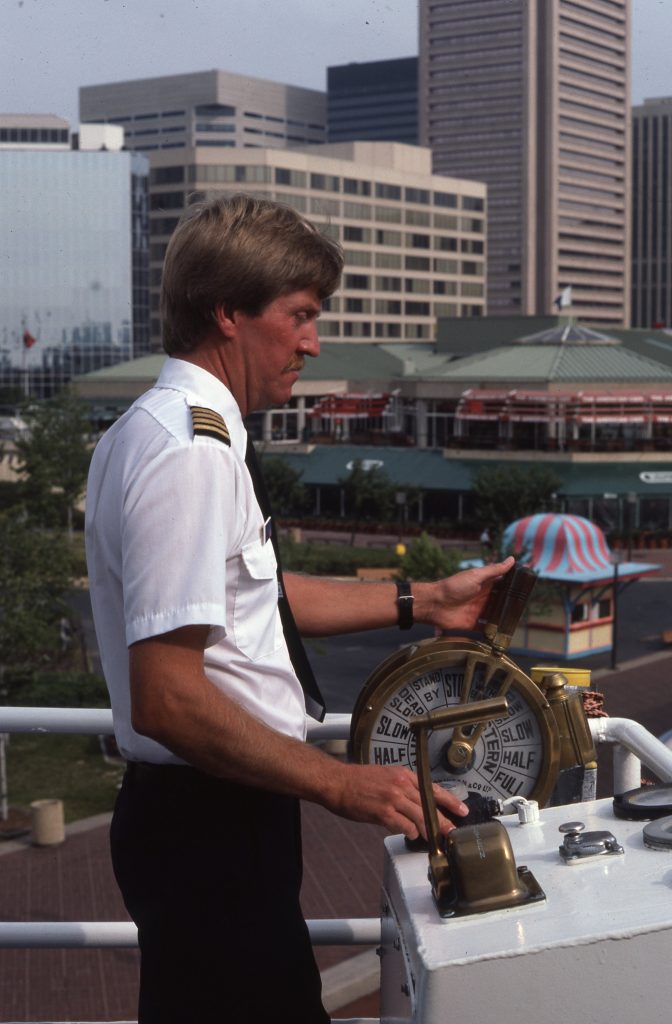
Captain George Coughlin has seen so many changes in the small ship industry over the decades. *Photo: Ted Scull
QUIRKYCRUISE (Ted): What were some of your favorite innovations?
George C: There are many, but to name a few — electronic charts. These have taken the burden of making manual corrections on paper charts away from the navigating officer. Also, the A.I.S. (Automatic Identification System) acts like a transponder for aircraft identification. It tells you all the information you need to know about ships in your vicinity that are required to have this equipment onboard. And, this feature can be overlaid/interfaced with your radar and electronic chart.
QUIRKYCRUISE (Ted): Many small-ships are built for relatively calm waters such as protected passages (Inside Passage to Alaska, Intracoastal Waterway), rivers, and bays, yet sometimes it is necessary to make ocean passages such as along the New Jersey or Maine Coast in the East and Washington, Oregon, California and Mexican coasts in the West and Southwest. What precautions do you consider, and at what point do you say — I plan to wait a few hours or a day until the seas calm?
George C: Weather information is so important. Forecasts are updated regularly and available from several online sources. I generally check and compare forecasts. I also like to make the ship ready for coastal passages well before getting underway and not while you are already out there. Good communications by informing the passengers and crew what weather conditions may be expected and what to do and not to do, is paramount.
There will be times when you have to wait it out. That’s only prudent. I often look back at the positioning cruise I made as captain aboard the Victorian Empress. It was April and the Strait of Canso, Nova Scotia, had just opened and was free of winter ice. It was clear sailing past Prince Edward Island, but as night settled in, the winds freshened and the seas began to build. On top of that, there was reduced visibility due to snow squalls. I was just off the Gaspe’ Peninsula, so I opted to pull into Gaspe’ and dock until morning. It was just the right thing to do at the time.
QUIRKYCRUISE (Ted): The newer vessels often offer more equipment and diversions for the passengers on and off the vessel. What are some of the tried and true options?
George C: It’s become very competitive out there and everyone is trying to come up with the latest innovation. The tried and proven are Zodiacs and enough of them onboard to accommodate demand. Kayaks, with the option for singles and doubles is very important. Snorkeling is also popular along with paddle boards.
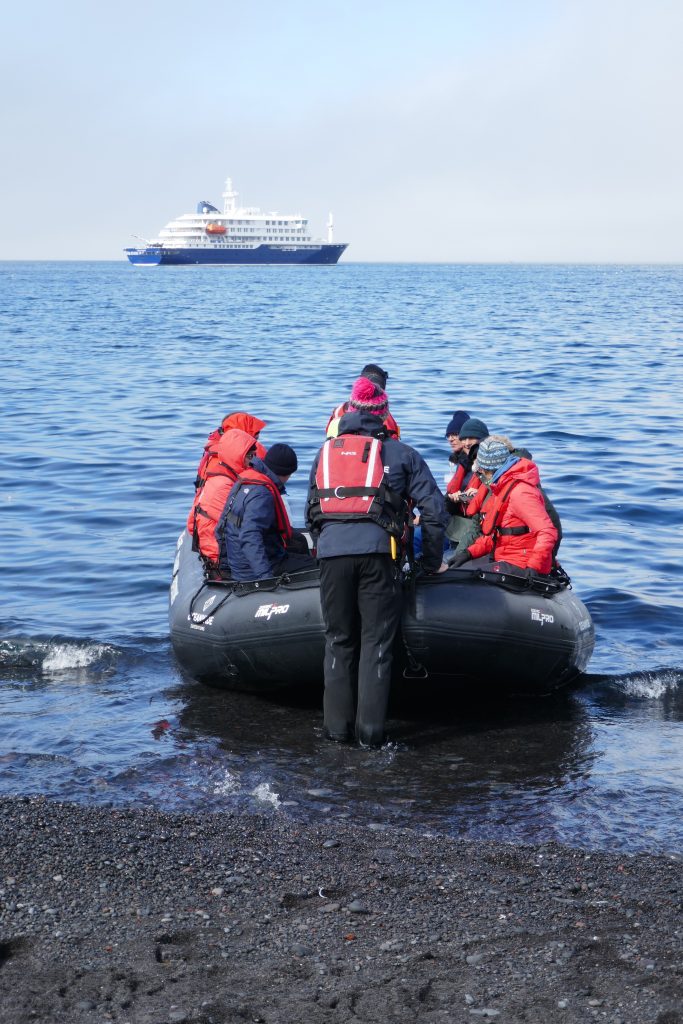
Zodiacs are one of the most important features to have on any expedition cruise. * Photo: William J. Mayes
Having passenger briefings before each event is very important for safety. Having a passenger feel comfortable enough knowing it might be the first time they ever experienced an event, is also very important.
QUIRKYCRUISE (Ted): What are the caveats and suggestions that you give to passengers at the initial briefing, so that they can fully appreciate the week ahead?
George C: I have a list of important topics that I include in my passenger briefings. I mainly want them to feel comfortable and at ease. I stress safety, security, and good health. I try to point out some of the itinerary highlights and always encourage everyone to have fun, while also knowing their limitations when it comes to hiking or other forms of exercise.
QUIRKYCRUISE (Ted): Choose a couple of different itineraries you know well and share what you have found that gets your passengers excited and eager before a landing, such as Zodiac ride, kayaking excursions, etc.
George C: Southeast Alaska is an amazing place with lot’s to do and see. The 7-day Juneau to Sitka or the reverse, covers a lot of interesting highlights. Tracy Arm is a spectacular fjord that matches those in Norway. The two active glaciers display lots of calving and blue ice.
Safely taking the Zodiacs out and cruising amongst the ice is really special. Or, perhaps an impromptu stop along the way for humpback whales to engage in complex bubble-net feeding as a group. Baja California is also one of my suggested itineraries. If you would like an option of swimming with the sea lions or touching a baby grey whale, then this might be the itinerary for you.
QUIRKYCRUISE (Ted): Undoubtedly, some passengers may be anxious about swimming in semi-tropical waters or walking through a thick forest. What can you say to help calm them?
George C: It’s very important that passengers attend and listen to the safety briefings. The staff is well trained to answer questions and will be there on their hikes as well as nearby for any water sport activity questions or assistance.
I’m regularly there on the fantail to see guests off and greet them back aboard. On occasion, when time permits, I’ll get out there and join in with the guest activities. I enjoy driving the Zodiacs and kayaking and taking hikes with the guests.
QUIRKYCRUISE (Ted): Having sailed with you several times, I am aware that you join the passengers before and during meals, after dinner, and perhaps after the ship is anchored or tied up. You seem to really enjoy that.
George C: I enjoy being around the guests and making them feel relaxed. There’s a lot more in the day’s work of a captain than just getting the vessel safely from point A to point B.
QUIRKYCRUISE (Ted): What itineraries are nearly always successful?
George C: There are the so-called in-season itineraries. These are usually the most successful. Then there are the shoulder season itineraries. These can sometimes be the more challenging. Then the winter itineraries. They can be either okay or great.
QUIRKYCRUISE (Ted): Are there dull ones from time to time?
George C: They are all good. Some are just better than others.
QUIRKYCRUISE (Ted): You have strong interests in music and singing. How have you worked that into your working life and your free time?
George C: It’s been a real balancing act. I have to thank my employers and relief captains for working with me on this. I also have to thank the music directors who have allowed me to miss rehearsals and performances and still remain an active choral singer.
QUIRKYCRUISE (Ted): Do you have a few thoughts to share that illustrate how rewarding your life has been as a ship’s captain, and perhaps what challenges or sacrifices there have been?
George C: As I near full retirement, I look back and think, would I have changed anything along the way? It’s been an exciting ride through time. I’ve been to Africa twice, Antarctica three times, Australia twice, then New Zealand, the Arctic, South Korea and Inland Sea of Japan, Mediterranean, Galapagos, Leeward and Windward Islands, Orinoco River, Panama Canal (a dozen transits), Costa Rica, Belize, Honduras, Guatemala, Mexico, Pacific Northwest, Columbia and Snake rivers, British Columbia, S.E. Alaska, Virgin Islands, East Coast from Florida to Canada and the Saint Lawrence Seaway into the Great Lakes.
Yes, there have been sacrifices along the way, but being a captain has afforded me to go to all of these destinations, whether in command or just because I was in the cruise industry.
QUIRKYCRUISE (Ted): Thank you George. It has been a great pleasure knowing you and hearing your story. See you in person, soon, I hope.
George C: Thanks for the opportunity to share some of my tales and experiences Ted. I look forward to catching up in person soon. All the Best.
© This article is protected by copyright, no part may be reproduced by any process without written permission from the author. All Rights Reserved. QuirkyCruise.com.

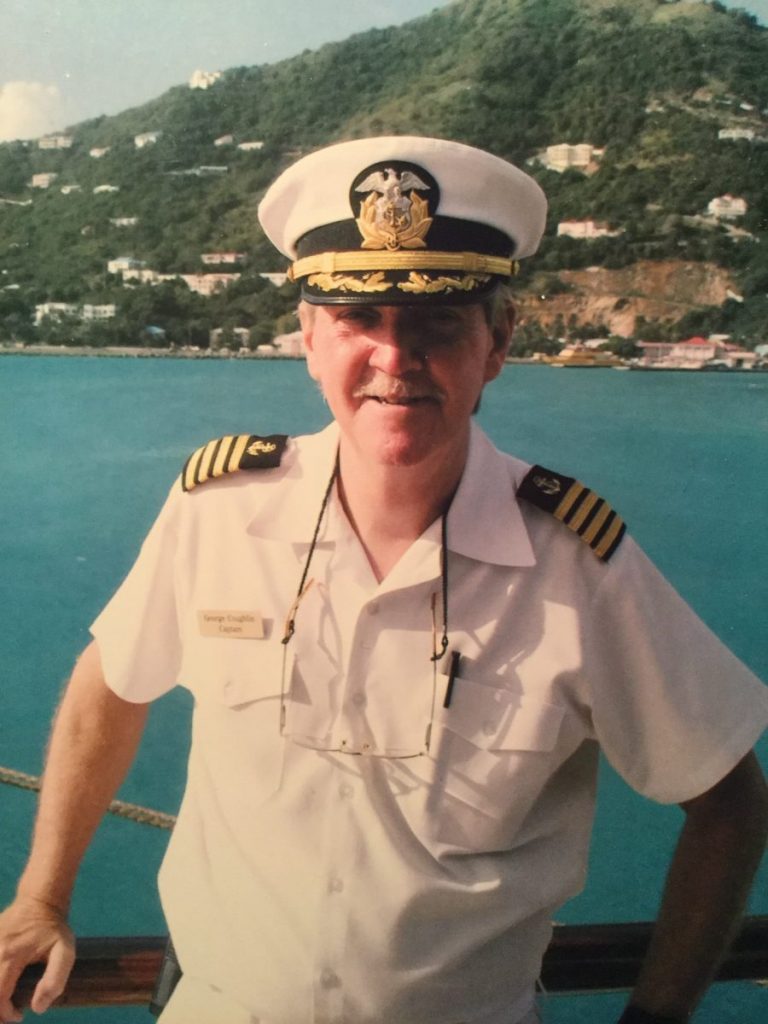
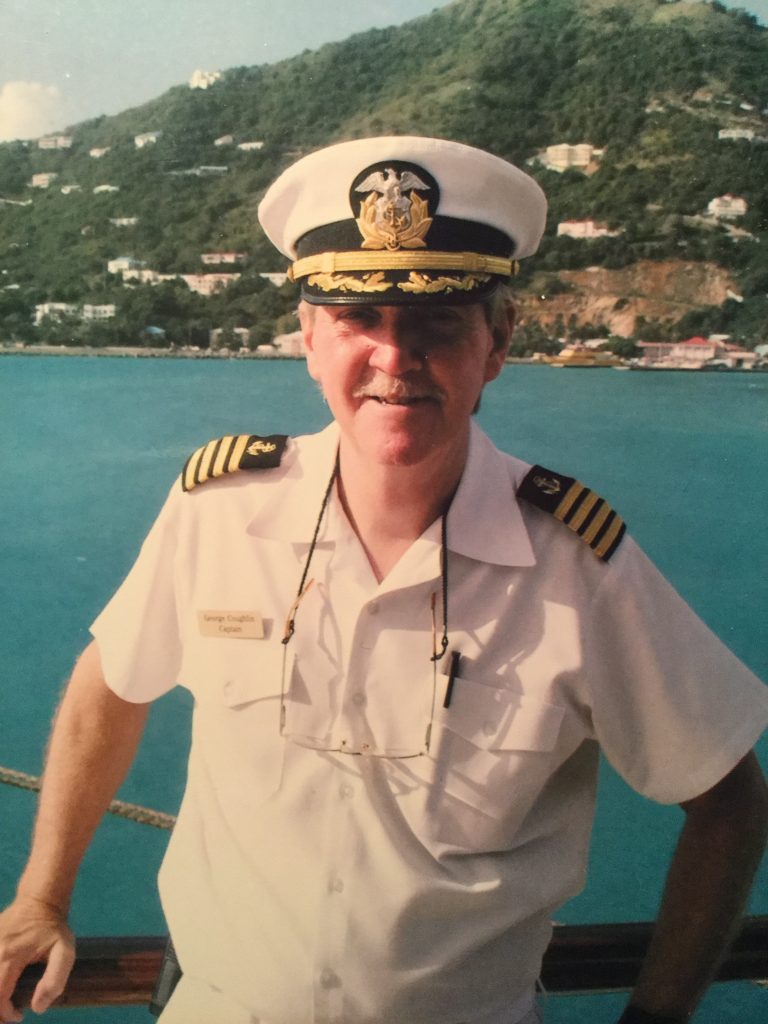
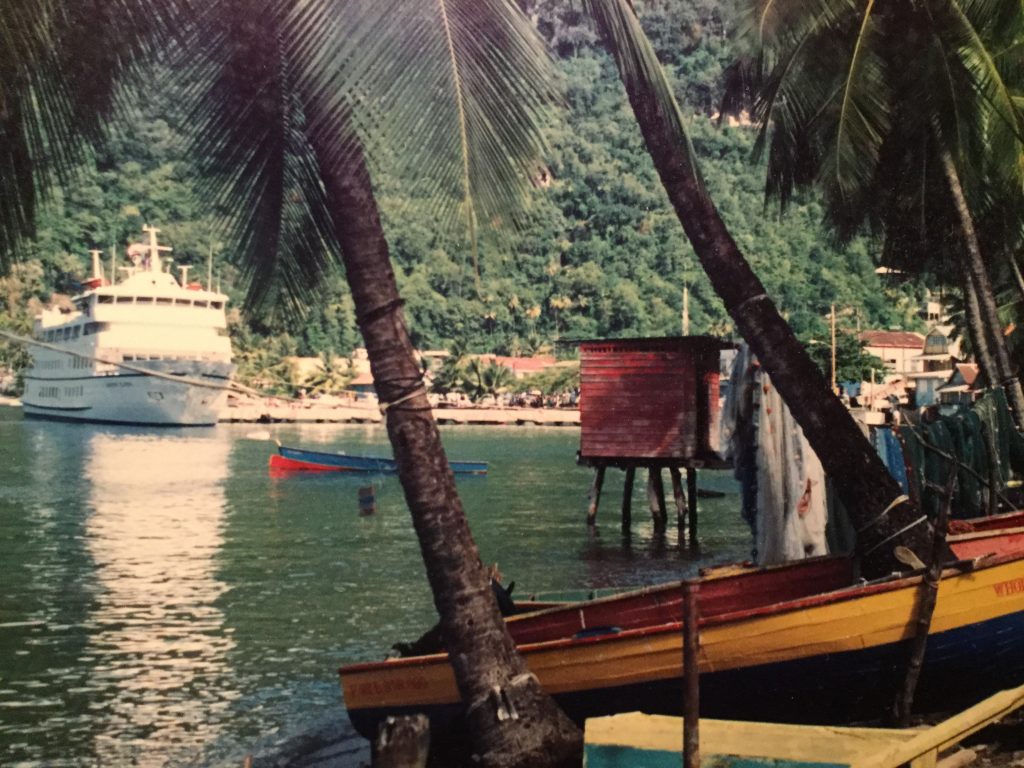
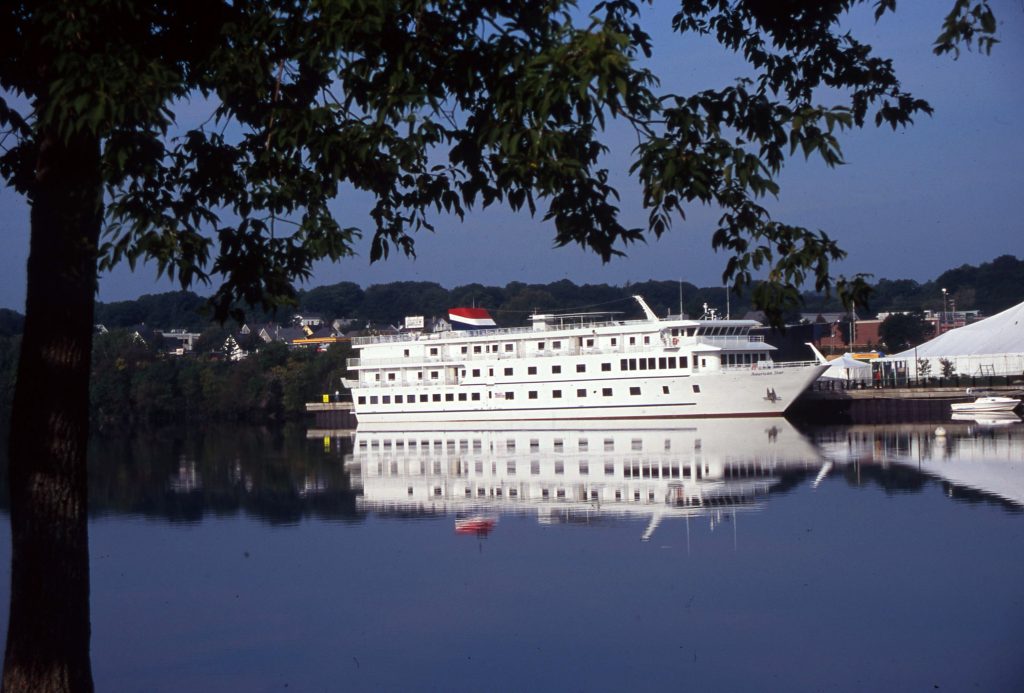
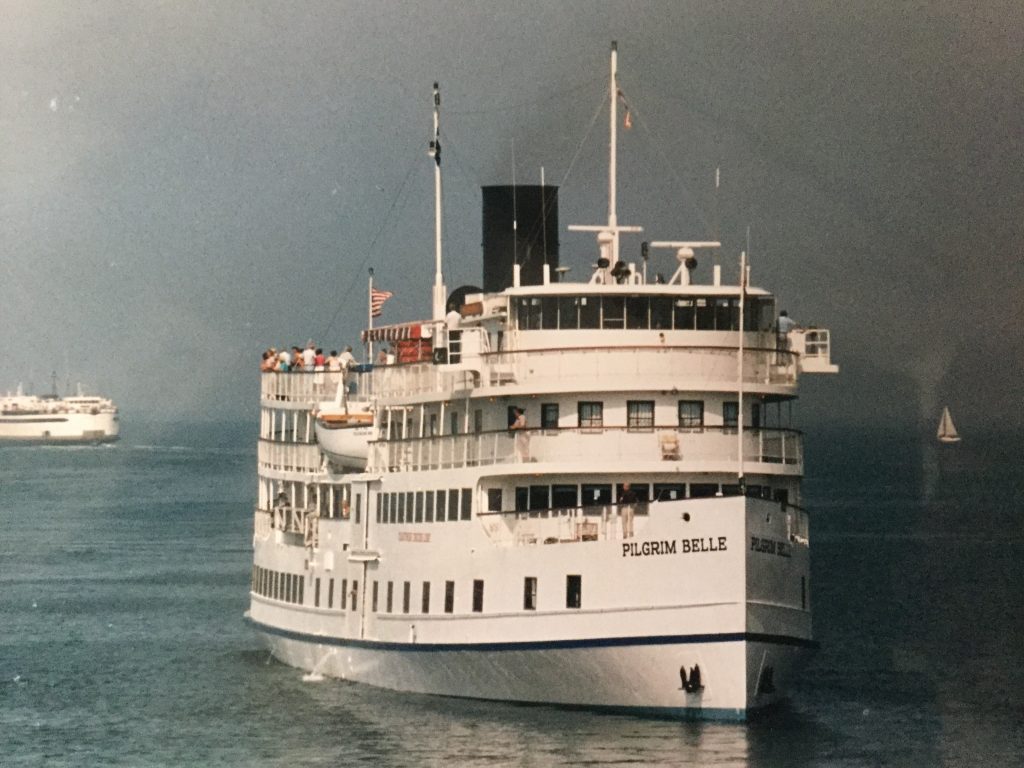
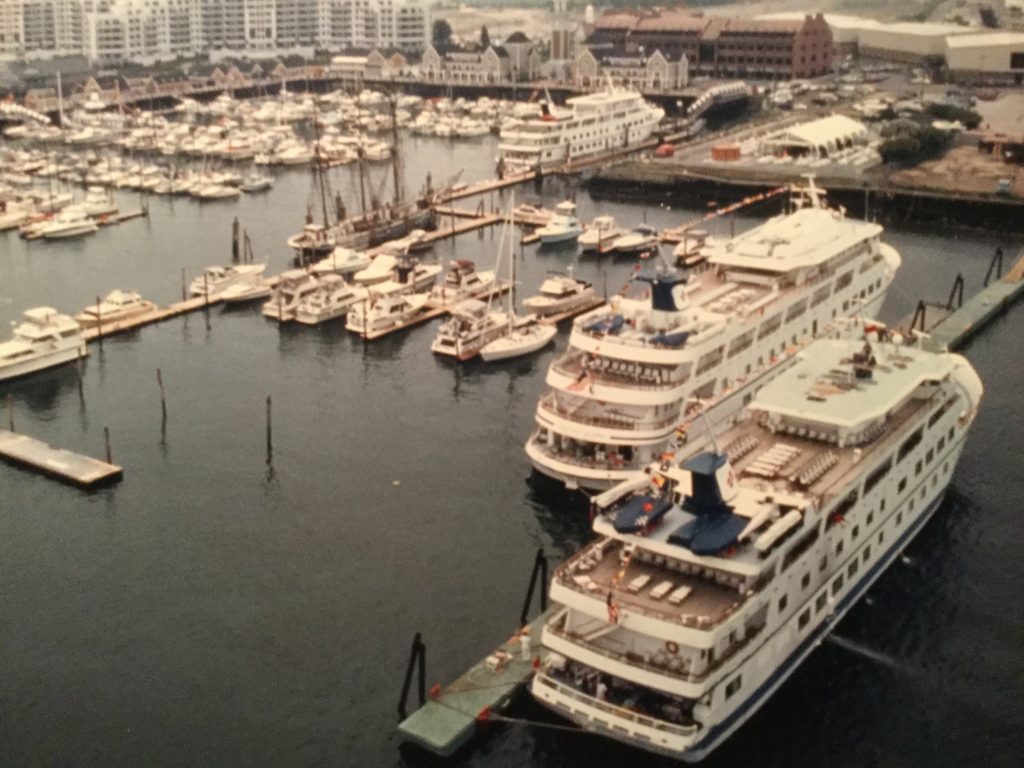
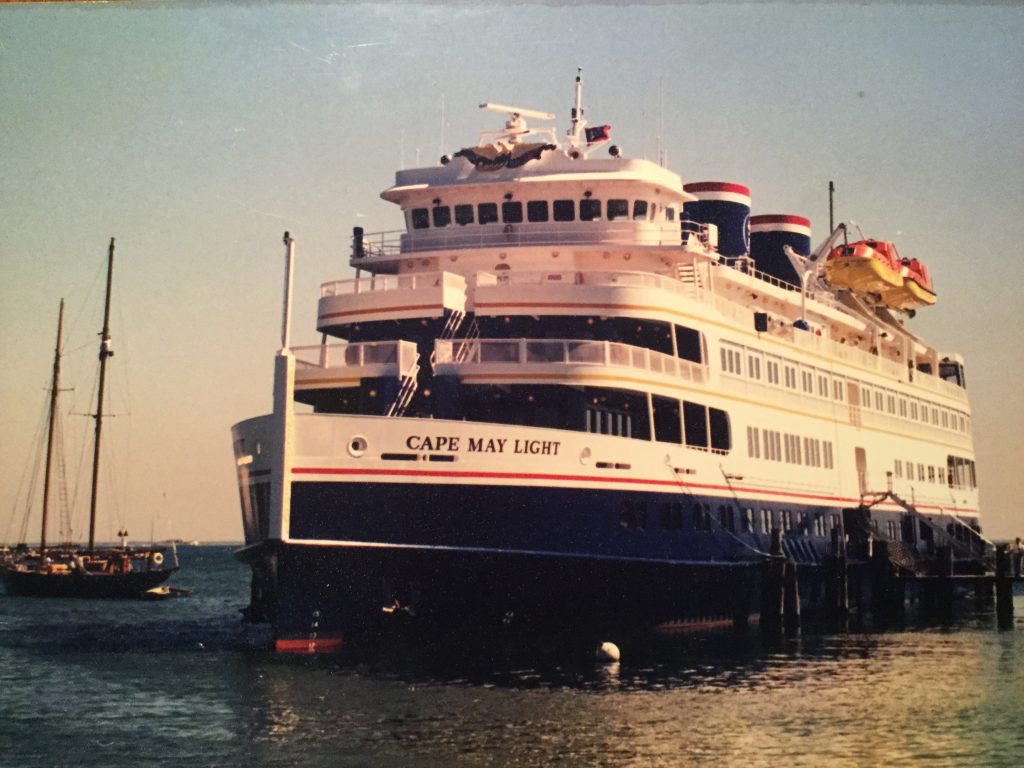
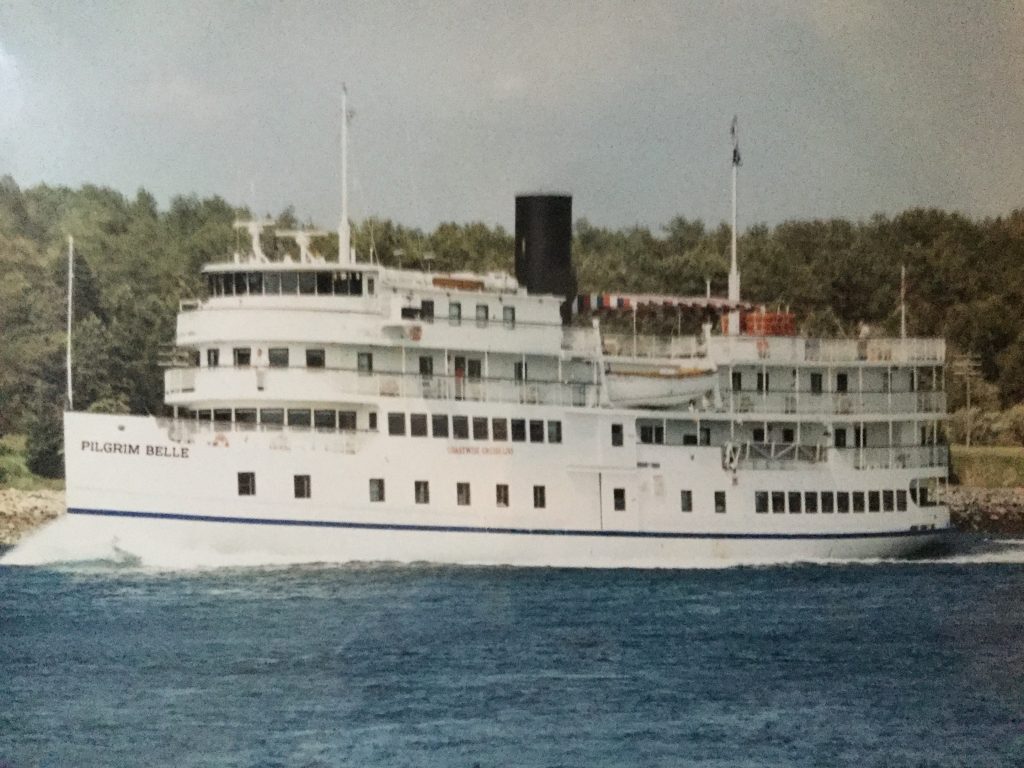
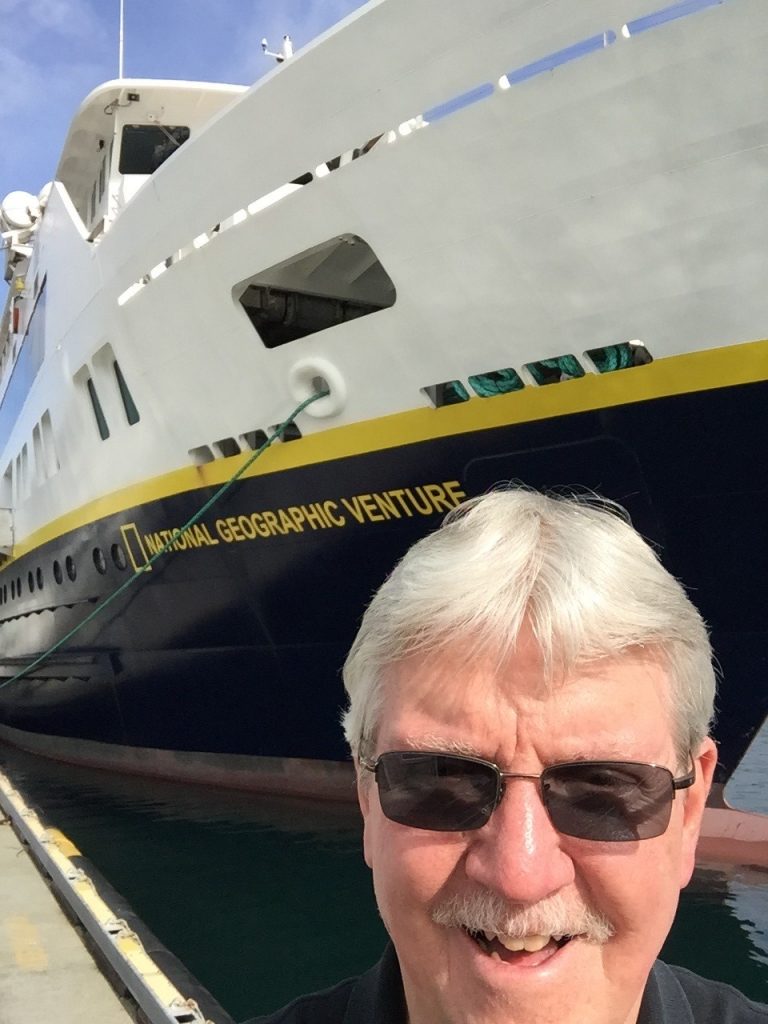
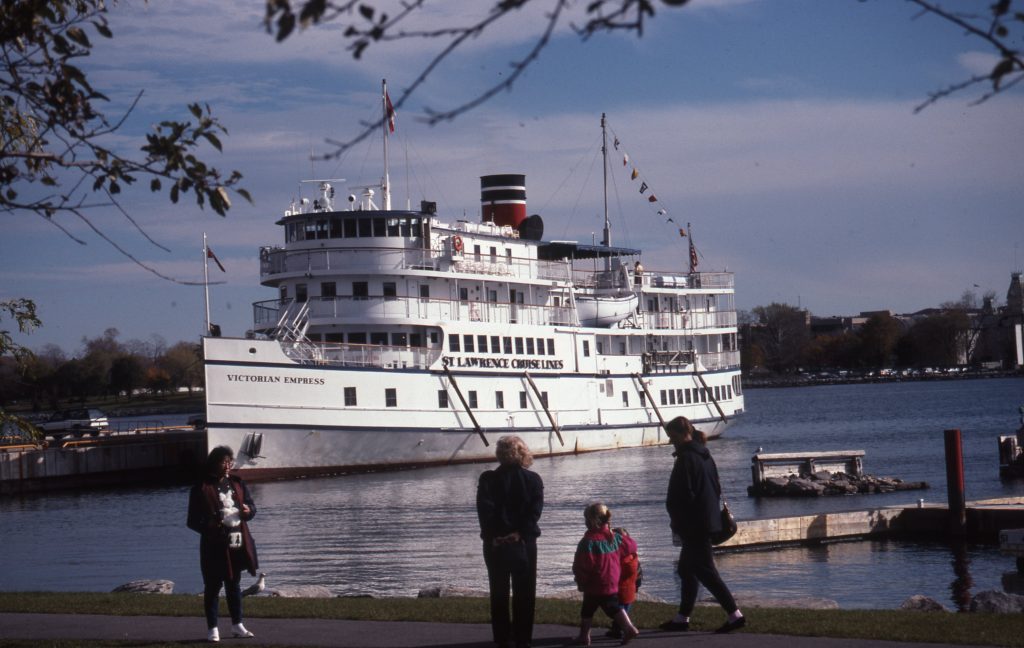
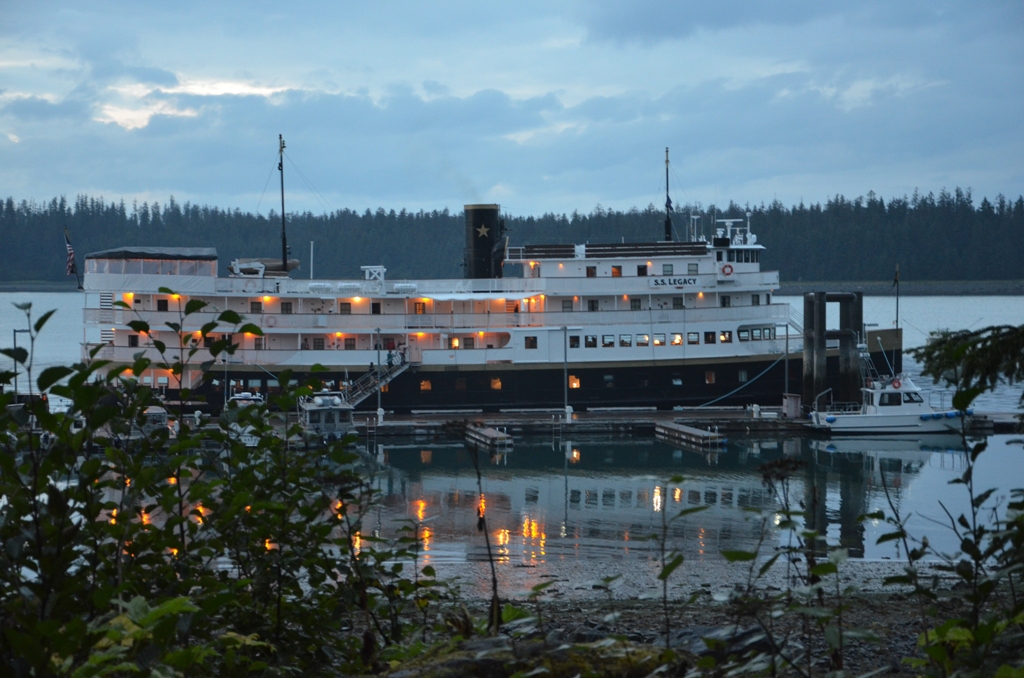
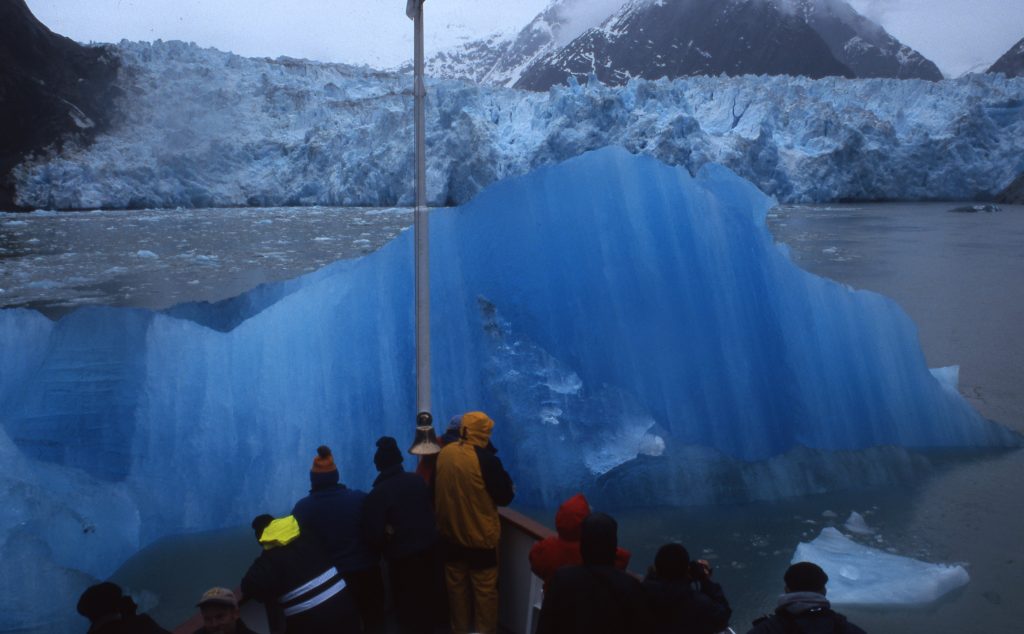
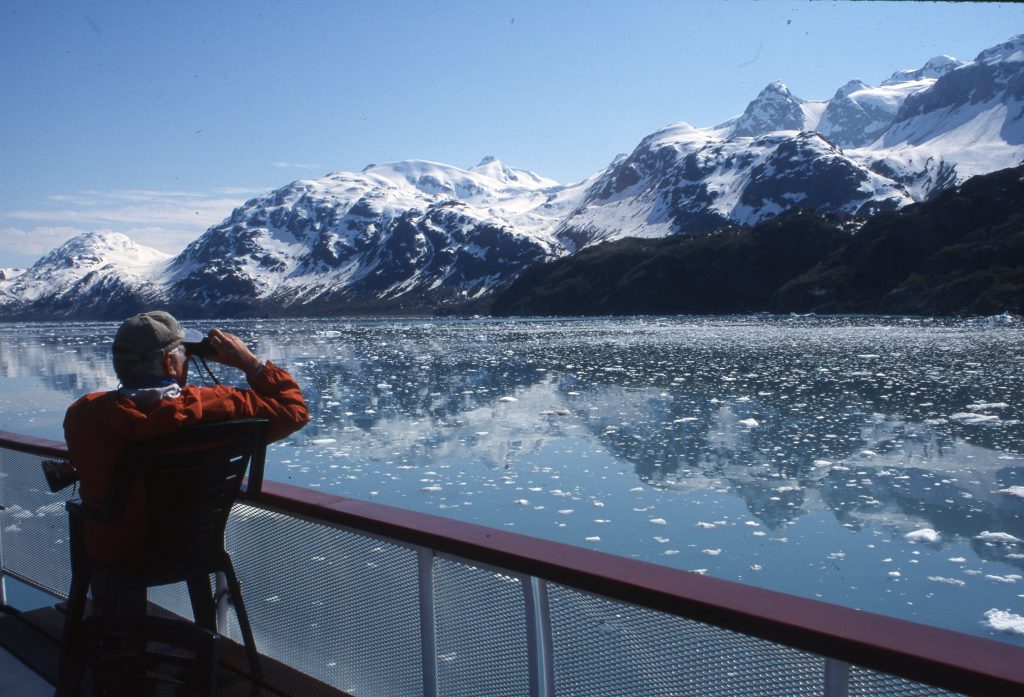
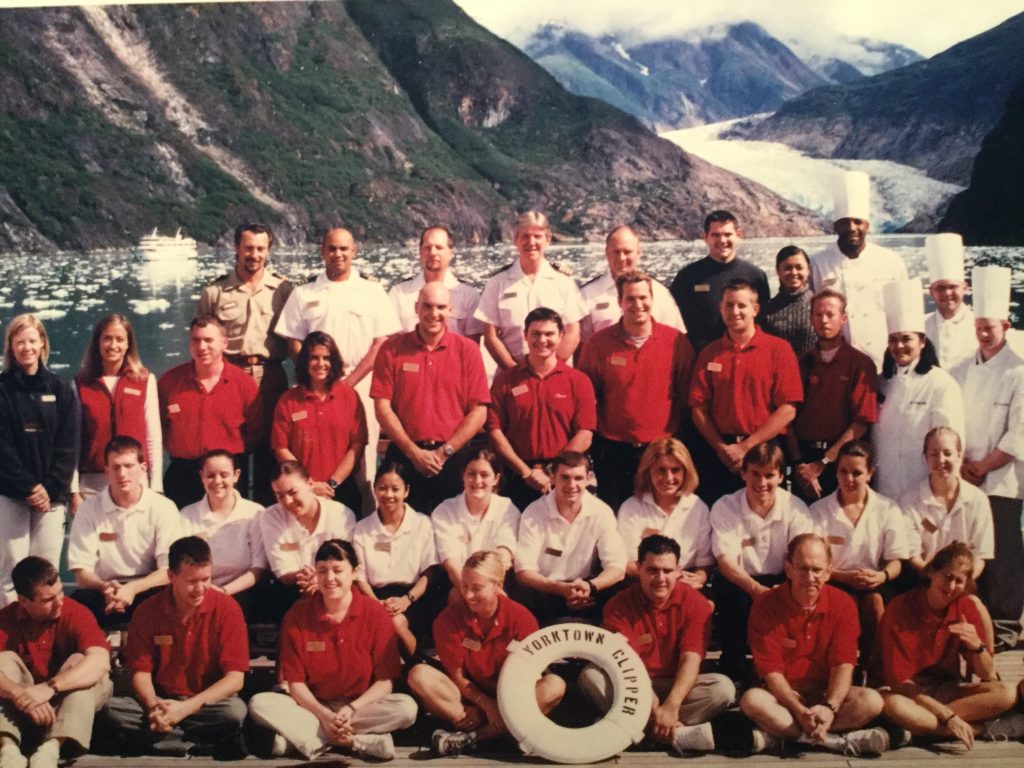
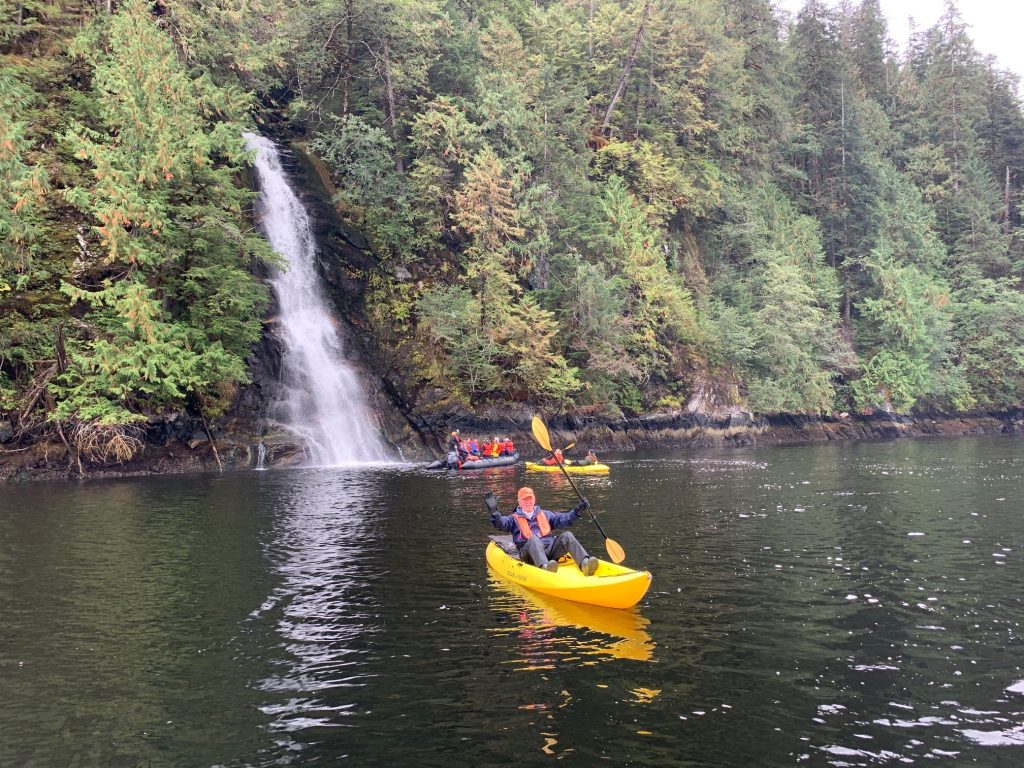
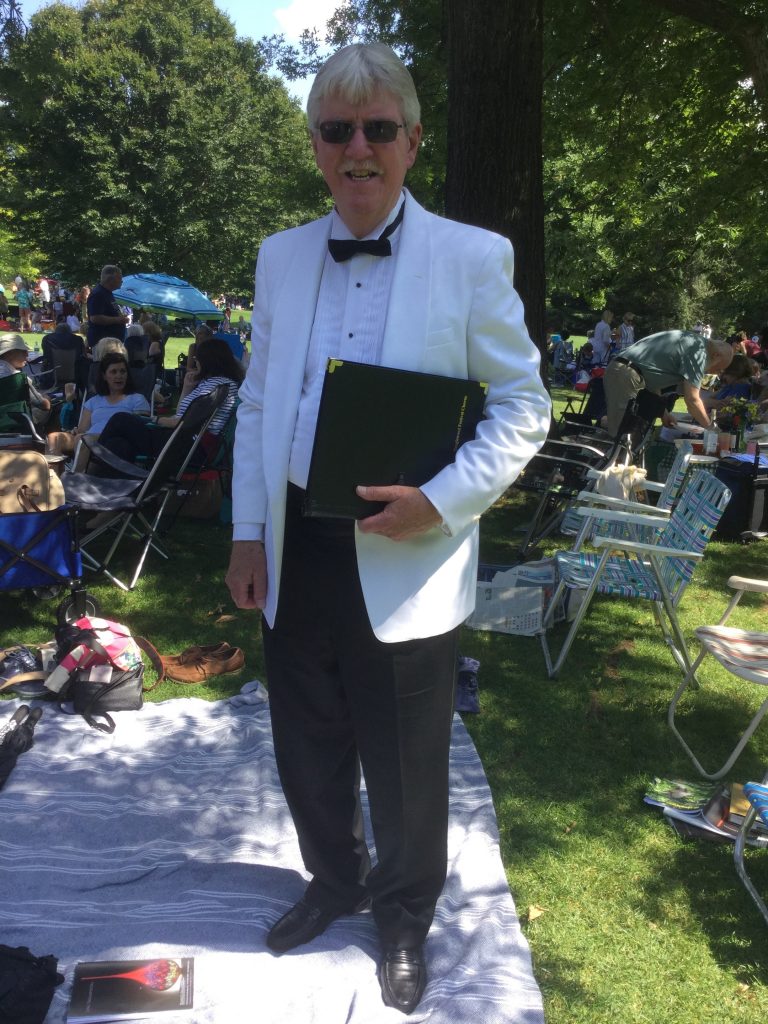

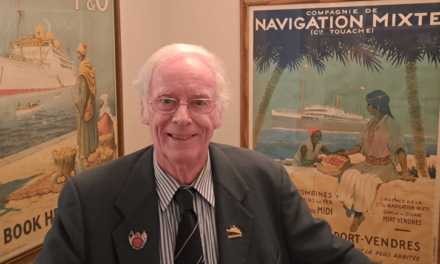
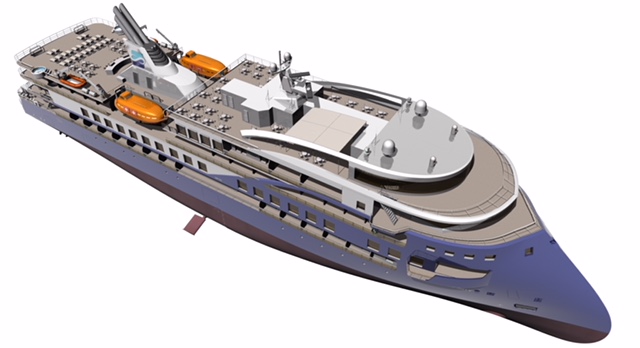
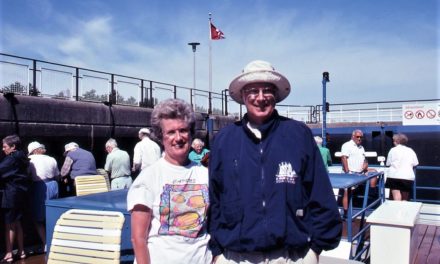








 HEIDI SARNA
HEIDI SARNA











